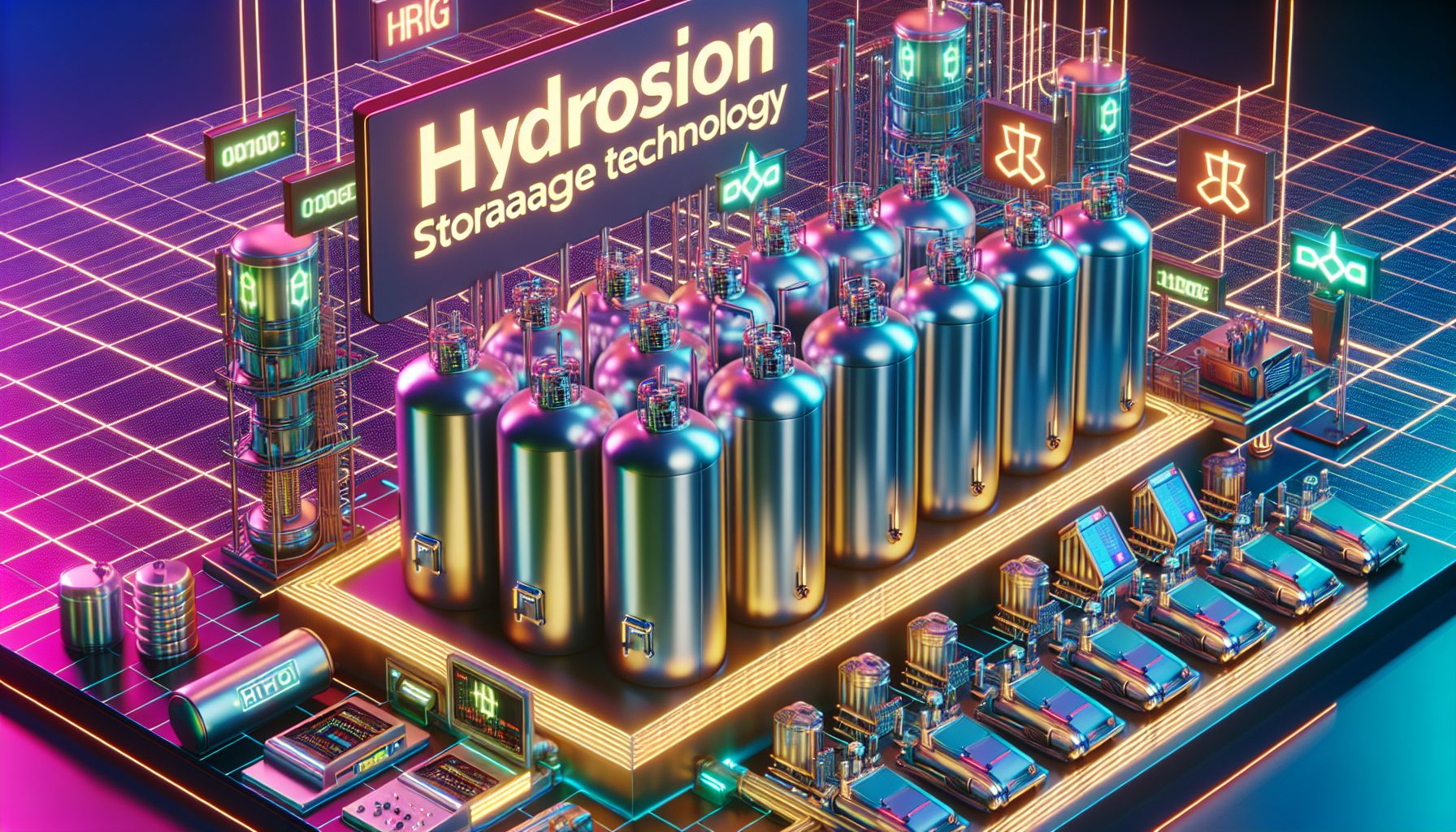The Hydrogen Storage Revolution: How 3D Technology is Changing the Game

Global, Monday, 5 May 2025.
Recent 3D winding advancements boost hydrogen storage tanks’ efficiency with lighter, more capable designs. This is a game-changer for hydrogen as a clean energy solution.
3D Winding Technology: A Revolutionary Leap
It’s not every day you hear about something as niche as 3D winding technology transforming an industry, but here we are! Recent advancements in 3D winding have turbocharged the development of hydrogen storage tanks by making them significantly lighter and more efficient. This technology allows for precise control over the winding of fibers within the tanks, thus enhancing the structural integrity while simultaneously reducing weight [1][2]. These improvements are pivotal for the hydrogen economy, as they address one of the major challenges—efficient storage—head-on. And let’s be honest, who wouldn’t prefer a more efficient, lighter tank that can hold more hydrogen?
Fiber Patch Placement: Weighing Less, Holding More
As the saying goes, sometimes the simplest ideas are the best. Fiber patch placement is one such approach that literally lightens the load. By placing fibers only where they are needed most—in the tank domes—engineers have managed to cut down unnecessary weight while maintaining, even improving, storage capacity [1]. It’s really like packing a suitcase efficiently; you want to make sure you put the heavy stuff in the right place to balance things out. With these advancements, the potential for hydrogen as a go-to energy storage solution grows stronger by the day.
Industrial and Environmental Implications
With these new technologies, the industrial landscape is set to change dramatically. There’s a growing demand for hydrogen as a clean energy source, driven largely by its potential to solve the intermittency issues of renewable resources. Today’s hydrogen storage solutions are not only addressing efficiency but also the environmental concerns by integrating composites that reduce carbon footprints. Interestingly, thermoplastic composites offer a 59% reduction in CO2 emissions compared to conventional materials [3]. That’s a win-win if you ask me: greener storage options without sacrificing performance.
The Forward Path: A Brighter Future for Hydrogen
So, what’s next on the horizon for hydrogen storage? Beyond the current advancements, experts are examining ways to integrate embedded sensors in these tanks for better process control and safety oversight. These sensors could prolong tank life significantly by monitoring stress and potential points of failure [2]. Such insights would not only enhance the operational safety but also further drive down costs, making hydrogen more economically viable. Sometimes the future sounds a lot like science fiction, doesn’t it? Yet, here it is, practically knocking at our doors.